In the heart of the mesmerizing Masai Mara, amidst the golden savannah and the symphony of the wild, a creature lurks in the shadows, commanding awe and respect. Welcome to the realm of the Black Mamba, a majestic serpent that embodies the enigma and danger of Africa’s wildlife. Far from the stereotypes associated with its name, this slithering marvel weaves its way through the land, captivating all who dare to journey into its realm. Here, we embark on an exploration, not only of an extraordinary species, but of the delicate balance that exists between fear and fascination in the wilds of Masai Mara.
Table of Contents
- Black Mamba: The Elusive Predator of Masai Mara National Park
- Exploring the Habitat and Behaviors of the Black Mamba in Masai Mara
- Conservation Efforts to Protect the Black Mamba Population in Masai Mara
- Safety Precautions and Guidelines for Visitors in Masai Mara encountering Black Mambas
- Fascinating Facts and Myths about the Black Mamba
- How Tourism Can Promote Awareness and Preservation of Black Mambas in Masai Mara National Park
- Q&A
- The Way Forward
Black Mamba: The Elusive Predator of Masai Mara National Park
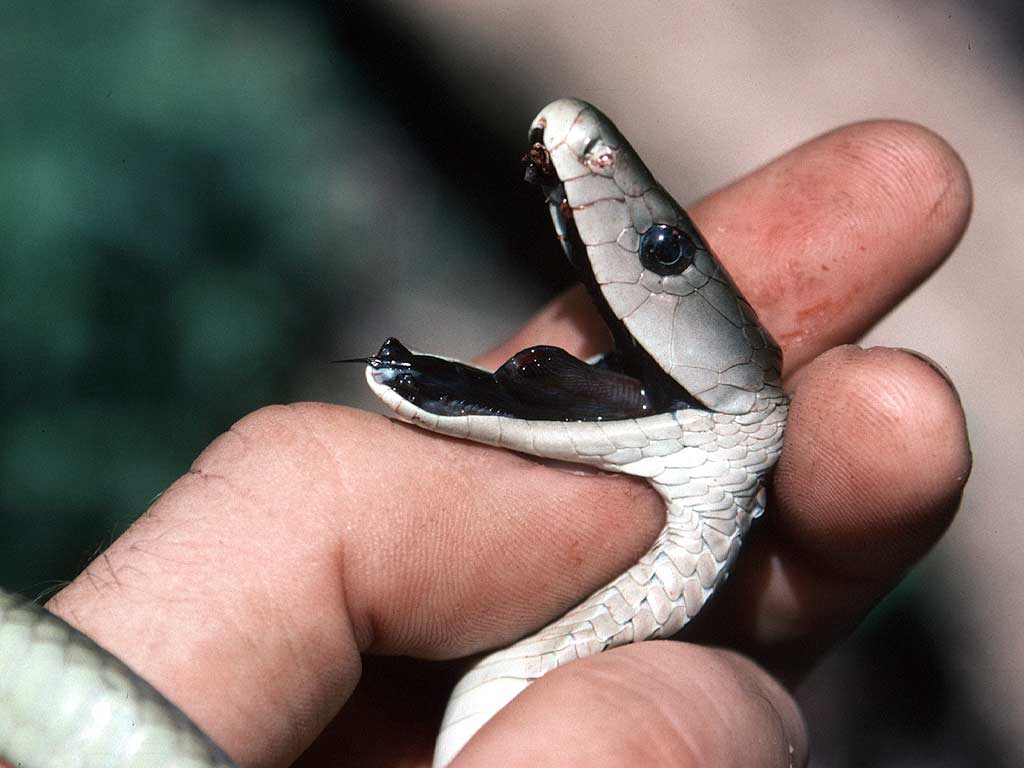
The Masai Mara National Park is a breathtaking land filled with awe-inspiring wildlife, but amidst the diverse range of predators that roam its vast plains, there exists one that strikes fear into the hearts of both animals and humans alike – the elusive Black Mamba. With its jet-black scales and deadly reputation, the Black Mamba takes its place as one of Africa’s most feared creatures.
This venomous snake, known as Dendroaspis polylepis in the scientific community, possesses a lethal combination of speed, agility, and powerful venom. Found predominantly in sub-Saharan Africa, the Black Mamba is known to inhabit the savannahs and woodlands of the Masai Mara National Park. Its ability to blend into the surrounding vegetation allows the snake to become an unseen predator, making it a formidable force in the African wilderness.
- Despite its name, the Black Mamba is not entirely black! Its scales range from olive to brown, with the inside of its mouth displaying a jet-black hue.
- Considered one of the fastest snakes in the world, it can reach speeds of up to 12 miles per hour.
- The Black Mamba’s venom is highly potent, containing neurotoxins that can cause paralysis and death if left untreated.
- Contrary to popular belief, the Black Mamba is not inherently aggressive towards humans, but it will fiercely defend itself when threatened.
Given its stealthy nature, encountering a Black Mamba in the Masai Mara National Park is a rare and awe-inspiring experience. Visitors to the park must exercise caution and be vigilant of their surroundings, as the Black Mamba’s speed and venomous strike make it a creature not to be taken lightly. Witnessing this majestic yet fearsome predator in its natural habitat is a remarkable testament to the awe-inspiring biodiversity of the Masai Mara National Park.
Exploring the Habitat and Behaviors of the Black Mamba in Masai Mara
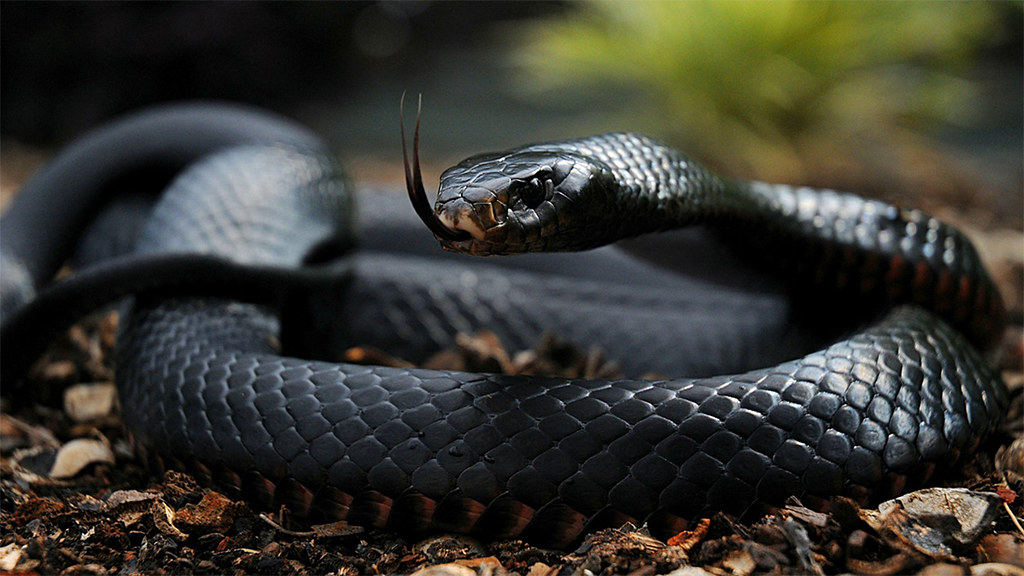
The Masai Mara National Park is a remarkable region teeming with wildlife, and one fascinating creature that calls this vast landscape home is the formidable Black Mamba. This highly venomous snake is known for its speed, agility, and deadly bite, making it both a feared and respected inhabitant of the park. provides insight into the intricate workings of this majestic creature.
Within the Masai Mara National Park, the Black Mamba primarily occupies a diverse range of habitats, including savannahs, woodland areas, and even rocky hillsides. This adaptability allows the reptile to thrive in various environments, making it an elusive and highly adaptable predator. Its preference for warm climates ensures that the Black Mamba can be found basking in the sun along trails and near water sources, where it awaits its prey.
- Bold and agile: The Black Mamba is known for its agility, capable of traveling at speeds of up to 12 miles per hour when threatened or pursuing prey.
- Diet: As a highly venomous snake, the Black Mamba typically consumes small mammals, such as rats and mice, as well as birds and even other reptiles.
- Camouflaged scales: Its sleek and slender body is covered in smooth scales, allowing the Black Mamba to blend seamlessly into its surroundings.
Although feared by many, the Black Mamba plays an important role in the delicate balance of the Masai Mara ecosystem. Understanding its habitat and behaviors not only showcases the wonders of nature but also emphasizes the need for conservation efforts to ensure the survival of this remarkable species.
Conservation Efforts to Protect the Black Mamba Population in Masai Mara
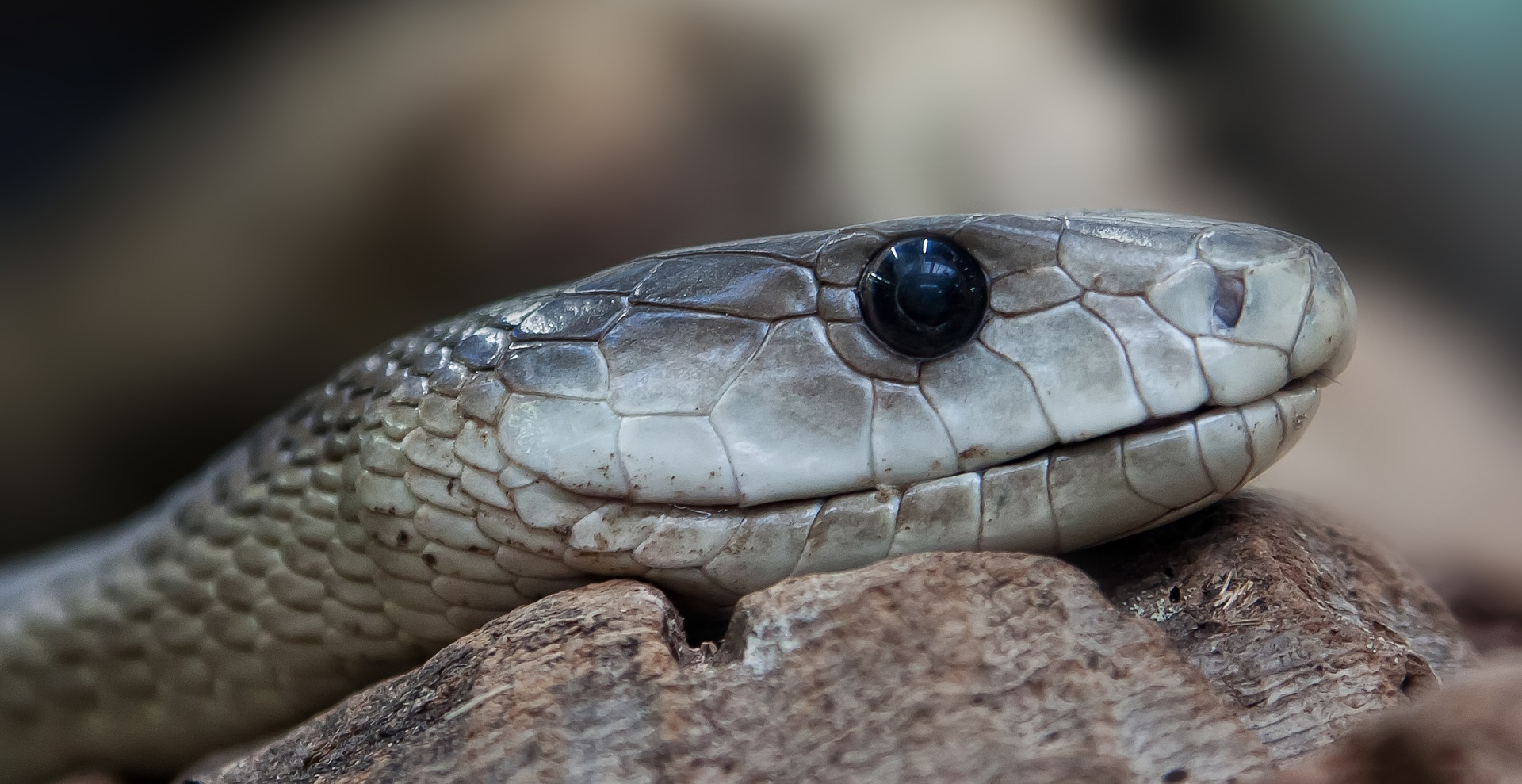
The Masai Mara National Park in Kenya is not only renowned for its breathtaking landscapes and diverse wildlife, but it is also home to a thriving population of the iconic and formidable Black Mamba. This venomous snake species, known for its speed and deadly bite, plays a crucial role in maintaining the delicate balance of the park’s ecosystem. Understanding the importance of preserving this unique species, various conservation efforts have been implemented to protect the Black Mamba population and ensure its continued existence.
One of the key conservation initiatives in Masai Mara is the establishment of dedicated research and monitoring programs focused on studying the behavior, habitat, and population dynamics of the Black Mamba. By gathering and analyzing valuable data, experts are able to identify patterns and trends in the mamba’s behavior, assess threats, and develop targeted conservation strategies. This invaluable research not only enhances our understanding of the Black Mamba but also helps create awareness among park visitors and local communities about the significance of preserving this magnificent creature.
Safety Precautions and Guidelines for Visitors in Masai Mara encountering Black Mambas
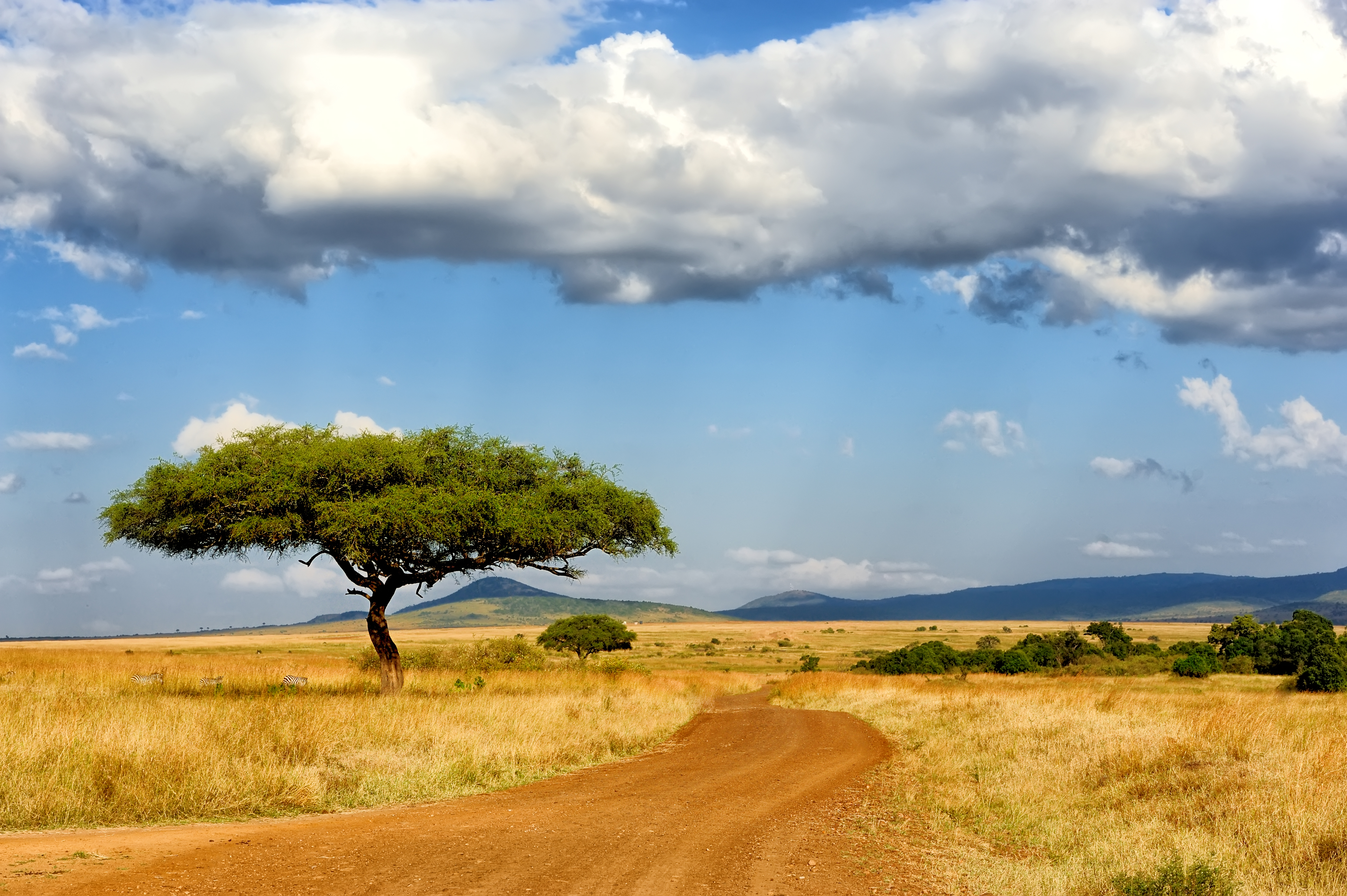
Black Mamba is one of the most venomous snakes found in Africa, residing in the beautiful landscape of Masai Mara National Park. To ensure a safe and enjoyable experience for visitors encountering these snakes, it is crucial to follow certain safety precautions and guidelines.
First and foremost, always respect the wildlife and maintain a safe distance from any snake you encounter. It is important to remember that the Masai Mara is their natural habitat and we are mere guests. Keep at least 20 feet away from a Black Mamba and never attempt to touch or provoke them. Secondly, it is highly recommended to wear appropriate clothing and footwear when exploring the park. Opt for long-sleeved shirts and pants to provide an extra layer of protection in case of accidental snake contact. Additionally, sturdy hiking boots or shoes are essential to prevent any potential snake bites.
Moreover, being aware of your surroundings is key in staying safe. Take extra caution while walking in tall grass and under rocks or fallen branches, as these areas can serve as hiding spots for Black Mambas. Always make sure to scan the path ahead and use a walking stick to tap the ground, creating vibrations that will alert snakes of your presence. Lastly, it is advisable to carry a snakebite kit and know how to use it. Familiarize yourself with the contents of the kit, such as antivenom and bandages, and ensure they are easily accessible in case of an emergency.
Remember, encountering Black Mambas in Masai Mara can be an exhilarating and educational experience, as long as we prioritize safety and respect for these incredible creatures. Following these precautions will enable you to embrace the wonders of nature without compromising your well-being. So keep a watchful eye, stay alert, and enjoy your journey through this captivating wildlife sanctuary.
Fascinating Facts and Myths about the Black Mamba
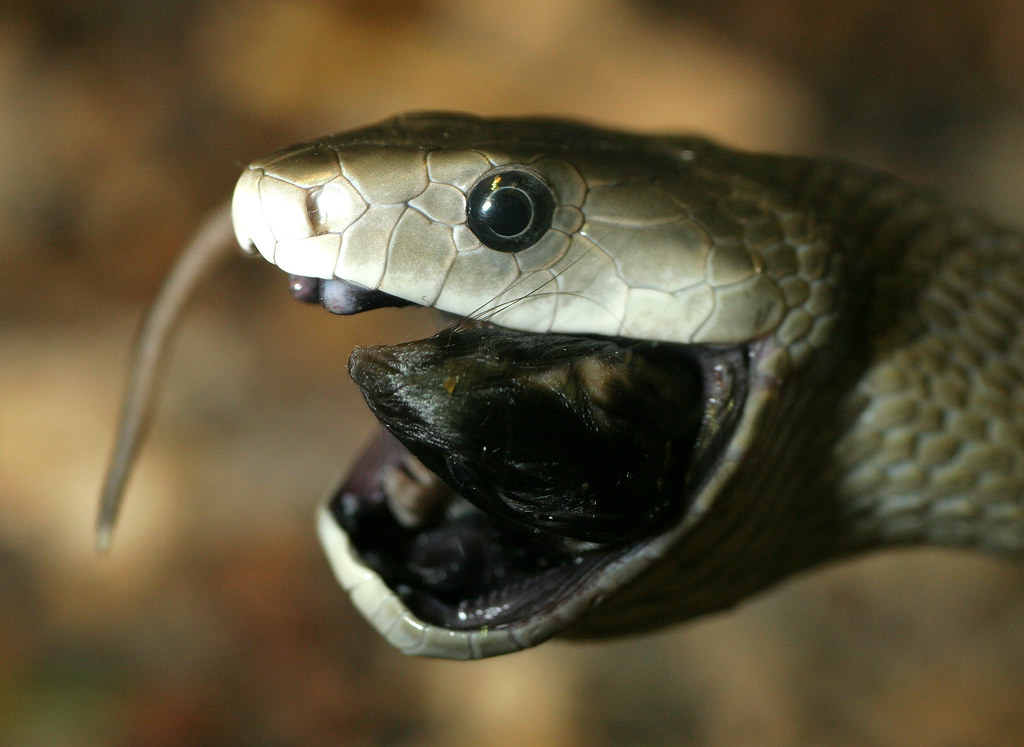
The Black Mamba, a venomous and formidable snake, is shrouded in mystery and legends. Found in various regions of Africa, including the Masai Mara National Park, this slithering creature elicits both fear and fascination among locals and tourists. Here are some fascinating facts and intriguing myths about the Black Mamba:
Fascinating Facts:
- Deadly venom: The Black Mamba possesses the fastest-acting venom of any snake in the world. A single bite can inject enough venom to kill an adult human within minutes, making it one of the most feared species in Africa.
- Speed and agility: Despite its name, the Black Mamba’s speed is not its only weapon. Not only can it reach speeds of up to 12 miles per hour, but it can also raise almost half its body length vertically off the ground, displaying incredible agility and an intimidating presence.
- Colors that deceive: Contrary to its name, the Black Mamba isn’t entirely black. It gets its name from the blue-black coloration inside its mouth. Its body is typically olive, gray, or brown, allowing it to blend seamlessly with its surroundings in the dense vegetation of the Masai Mara National Park.
Intriguing Myths:
- Chasing its own tail: One enduring myth is that the Black Mamba will chase and catch its own tail, resulting in self-destruction. While this isn’t true, it is a testament to the mental image it creates as a snake of incredible power and cunning.
- Mythical associations: In many African cultures, the Black Mamba is steeped in mythological significance. Some tribes, like the Masai, view it as a symbol of protection and fertility, while others believe it possesses supernatural powers and can cure ailments.
- Leaping ability: An intriguing myth suggests that the Black Mamba can jump great distances, perhaps even attacking from trees or rooftops. Although it is an impressive climber, the Black Mamba cannot truly leap like a venomous superhero.
How Tourism Can Promote Awareness and Preservation of Black Mambas in Masai Mara National Park
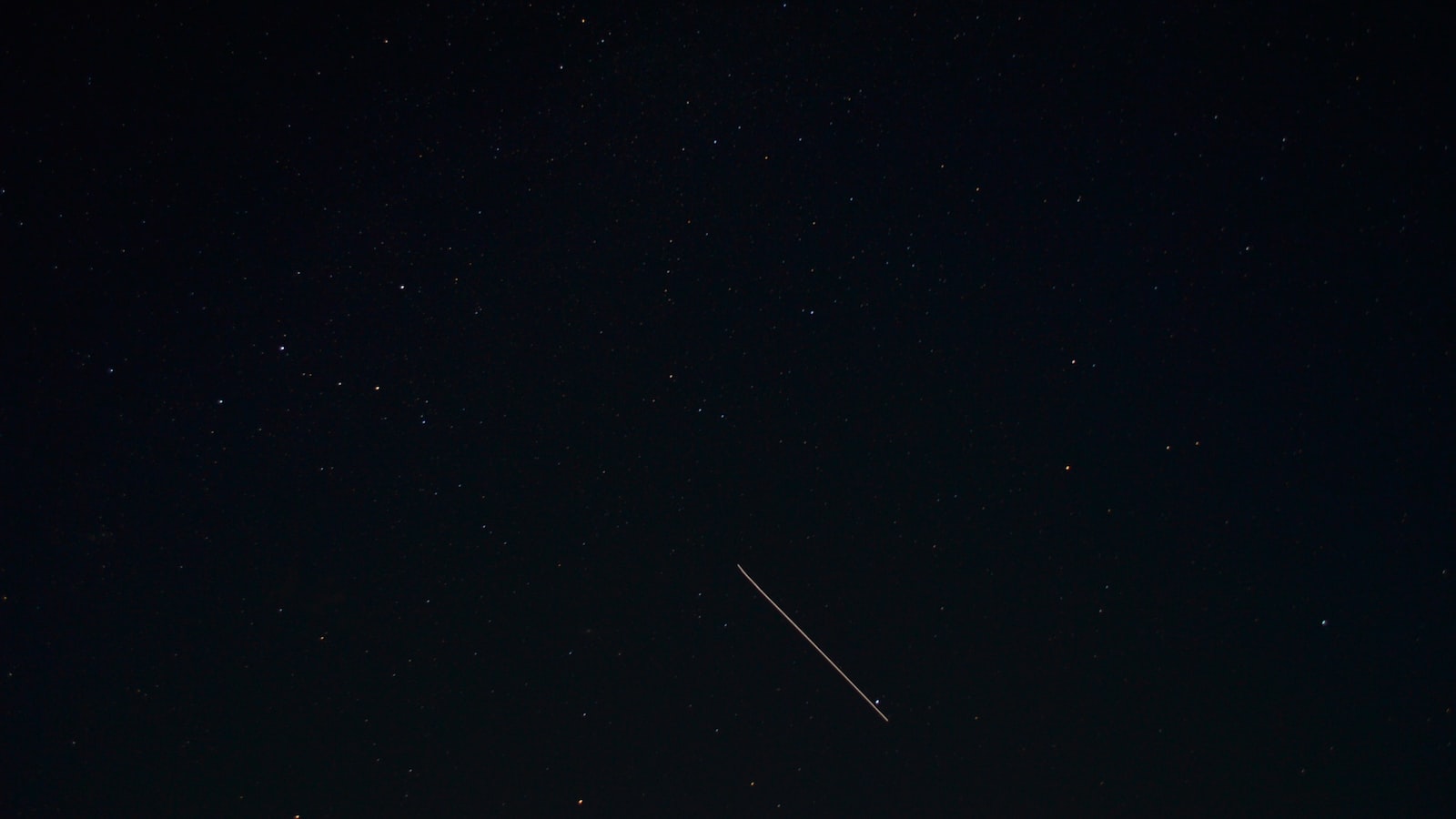
The Masai Mara National Park in Kenya is home to a wide array of unique and fascinating wildlife. Among its most iconic creatures is the feared and elusive Black Mamba. This venomous snake, known for its agility and deadly bite, is both feared and revered in local folklore. However, tourism has played a crucial role in promoting awareness and preservation of the Black Mamba population in Masai Mara, ensuring their continued survival.
One way in which tourism has helped in the conservation of Black Mambas is through educating visitors about their importance and dispelling myths surrounding them. Tour guides and rangers provide insightful information about these snakes, their role in the ecosystem, and the vital need to protect their habitat. Understanding their behavior and the risks they face due to habitat loss and illegal wildlife trade encourages tourists to support conservation efforts and spread awareness about the importance of preserving the Black Mamba population.
Q&A
Q: What is the Black Mamba?
A: The Black Mamba is one of Africa’s most notorious and feared venomous snakes, known for its sleek black coloration and lightning-fast speed.
Q: How does the Black Mamba get its name?
A: The name “Black Mamba” is derived from the snake’s dark black skin. This intimidating coloration adds to its mysterious and dangerous reputation.
Q: Is the Black Mamba found in the Masai Mara National Reserve?
A: Yes, the Black Mamba can be found in the Masai Mara National Reserve, which is located in southwestern Kenya. Although it is not the most common species in the area, sightings have been reported from time to time.
Q: What are the physical characteristics of a Black Mamba?
A: The Black Mamba can grow up to 14 feet long and possesses a slender body that aids in its incredible speed. It has a narrow, coffin-shaped head and long fangs that inject a powerful neurotoxic venom when it bites.
Q: What is the average speed of a Black Mamba?
A: The Black Mamba is known for its exceptional speed, capable of slithering at speeds of up to 12 miles per hour, making it one of the fastest snakes in the world.
Q: Is the Black Mamba aggressive towards humans?
A: Although the Black Mamba is widely known for its aggressive behavior, it prefers to avoid confrontation with humans. However, if it feels threatened, it may become extremely aggressive and deliver multiple, deadly bites.
Q: How venomous is the Black Mamba’s bite?
A: The venom of the Black Mamba is highly toxic, containing powerful neurotoxins. A single bite can inject enough venom to kill a human within a short period if left untreated.
Q: What is the diet of a Black Mamba?
A: Black Mambas are carnivorous creatures, primarily feeding on small mammals, birds, lizards, and sometimes even other snakes. With their venomous bite, they immobilize prey before consuming it.
Q: How does the Black Mamba hunt its prey?
A: Equipped with excellent eyesight and an acute sense of smell, the Black Mamba actively hunts for prey during the daytime. It uses its speed and agility to swiftly strike and inject venom, paralyzing its victims.
Q: How does the Black Mamba fit into the Masai Mara ecosystem?
A: As an apex predator, the Black Mamba plays an essential role in controlling the population of small mammals in the Masai Mara. It helps maintain a balanced ecosystem, preventing overpopulation of its prey species.
Q: Are there any conservation efforts in place to protect the Black Mambas in Masai Mara?
A: While specific conservation efforts may not be directed solely at Black Mambas, the overall conservation initiatives aimed towards protecting the diverse wildlife within the Masai Mara National Reserve indirectly contribute to the protection of this species.
Q: Can tourists observe Black Mambas safely in the Masai Mara?
A: While it is exciting to spot a Black Mamba in the Masai Mara, it’s important to remember to observe with caution and respect. Engaging the expertise of experienced guides and staying a safe distance ensures both the wellbeing of the visitors and the animals.
The Way Forward
As we part ways from the remarkable story of the Black Mamba, we find ourselves captivated by the enigmatic nature of this elegant creature. From the depths of dense jungles to the arid plains, this serpent’s reputation has both terrorized and fascinated the realms of myth and reality.
Though the Black Mamba may evoke shivers down our spines, we cannot ignore the grace and resilience it possesses. Like a shadow in the night, this astonishing snake dances with unmatched agility, reminding us of the beauty that lies within the animal kingdom. Its sleek ebony scales reflect the wisdom of countless generations, whispering tales of survival in every measured slither.
Yet, let us not overlook the undercurrent of fear that trails in the wake of the Black Mamba. Just as its venom possesses the power to bring down the mightiest of creatures, this snake serves as a metaphor for the lurking dangers that surround us. It stands as a reminder to embrace the value of knowledge and respect for all living beings, showcasing the delicate balance we must strive to maintain.
In a world where legends intertwine with science, the Black Mamba rests as a symbol of awe and respect. As we bid farewell to this extraordinary creature, let us carry with us the lessons it quietly imparts. May we learn to appreciate not only the exquisiteness of nature, but also the true significance of coexistence and harmony.
In the symphony of life, the Black Mamba plays its role with precision and finesse. And though we may never fully comprehend its mysteries, its story lingers on, leaving us yearning for more. So, let us continue to explore, learn, and celebrate the diverse wonders of the animal kingdom, forever captivated by the enigmatic allure of the Black Mamba.




